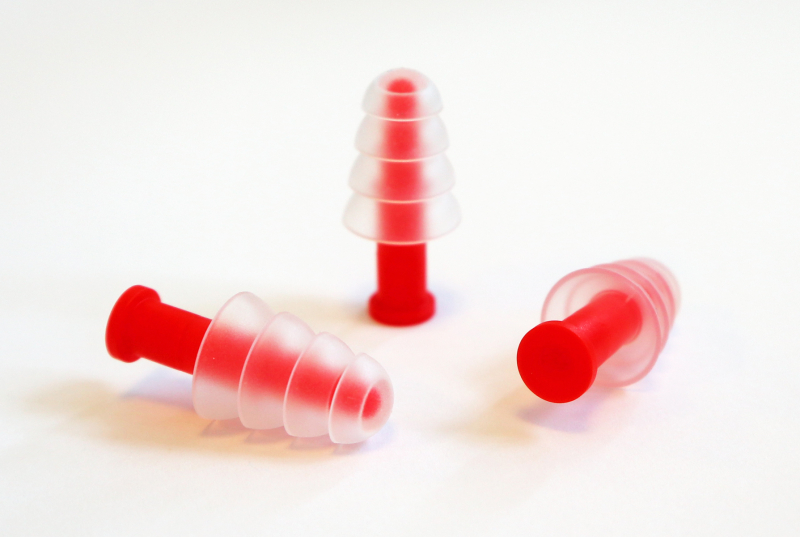Silicone + silicone combinations: the star of the 2K injection-molding show

Sophisticated parts handling
Multi-component injection molding with two silicones
Multi-component injection molding technology for combining two silicone types: it may seem to be a bit of a prima donna, but getting it to show off its best side is all about knowing how to treat it.
Combining thermoplastics such as nylon or PBT with silicone is an exacting process. But combining two different types of silicone to make a single component requires a whole new level of sophistication when it comes to the parts handling. “The most important thing is providing the support for the first-shot part,” explains Roland Angerer, Technical Director at RICO. The Austrian company has been in the silicone and multi-component injection molding business for 27 years and makes molds for customers as well as for its own production. Time and again, RICO turns to efficient 2K silicone injection-molding technology to execute its projects.
Don’t let go
“It’s not the 2K mold technology per se that presents the biggest challenge for RICO. We can draw on decades of experience in that regard,” says Angerer. “It’s the parts handling that proves really tricky when combining LSR with LSR.” The key is keeping a firm grip on the first-shot part – or providing it with enough support so that the second-shot part can be molded onto the first without deforming this base part. The slightest deformation at this overmolding stage would result in the end product failing to meet the required specifications. “This is why the whole 2K process takes places in a single mold and a single machine. We try to ensure that the base part moves as little as possible,” says Angerer.
Birds of a feather
This method of 2K injection molding also has advantages in terms of material adhesion. “Because we minimize the distances involved and only use a single mold in a dedicated 2K machine, the first-shot part doesn’t have a chance to cool down. We use the heat from the first-shot part to vulcanize the second,” explains Angerer. ‘Birds of a feather flock together’ as they say at RICO. The parts adhere to each other by themselves without any additional pretreatment – even when using standard silicones.
Finding the perfect match
Deciding on the right material combinations is essential. The Shore hardness of the first-shot part has to be higher than or the same as that of the second. The injection molding process is designed to ensure that the harder part forms the base part, which the second-shot part is injected onto. RICO designs special embossing surfaces for perfect adhesion and sealing. The colors of the materials play no part, as no mixing occurs.
No need for assembly
Multi-component injection molding offers potential cost savings when compared to techniques that combine two separate parts after they have been molded. Not only is this subsequent assembly step impossible in many cases, the customer also saves on materials and staff costs. In most cases, processing the separate parts creates the need for a third part. And the assembly step would have to be carried out by a person or a machine. RICO customers get a finished 2K component, with individual laser marking and custom packaging if required.
Firm but soft
One advantage of 2K products is that they can deliver both the stability and softness required for functional components. They are a popular choice for applications where the product comes into contact with the body and a soft material is needed, as is the case with respirator and sleep apnea masks.
For one of its life science customers, RICO manufactured a 2K mold for the production of ear plugs made entirely from silicone, featuring a combination of 70 and 30 Shore materials.
LSR + LSR vs. thermoplastic + LSR
Roland Angerer sums up the difference between 2K injection-molded parts made from two silicone types and 2K parts made from thermoplastic combined with silicone: “Part handling is easier with thermoplastic.” Thermoplastic is a hard material and offers the necessary resistance, meaning it doesn’t present any problems at the different transfer steps. But gripping a silicone part without causing deformation, and bringing it into position for overmolding is much more difficult. Silicone-only molds are also more complex, partly because they require a double cold runner system. Both 2K methods always employ a direct injection process using a valve gate nozzle or open system. The number of cavities in LSR + LSR and thermoplastic + LSR molds depends almost entirely on the size and design of the parts. The required clamping forces in the machine are also a key factor. RICO has previously used 2K molds with 96+96 cavities to manufacture plastic + silicone combinations for its customers.





